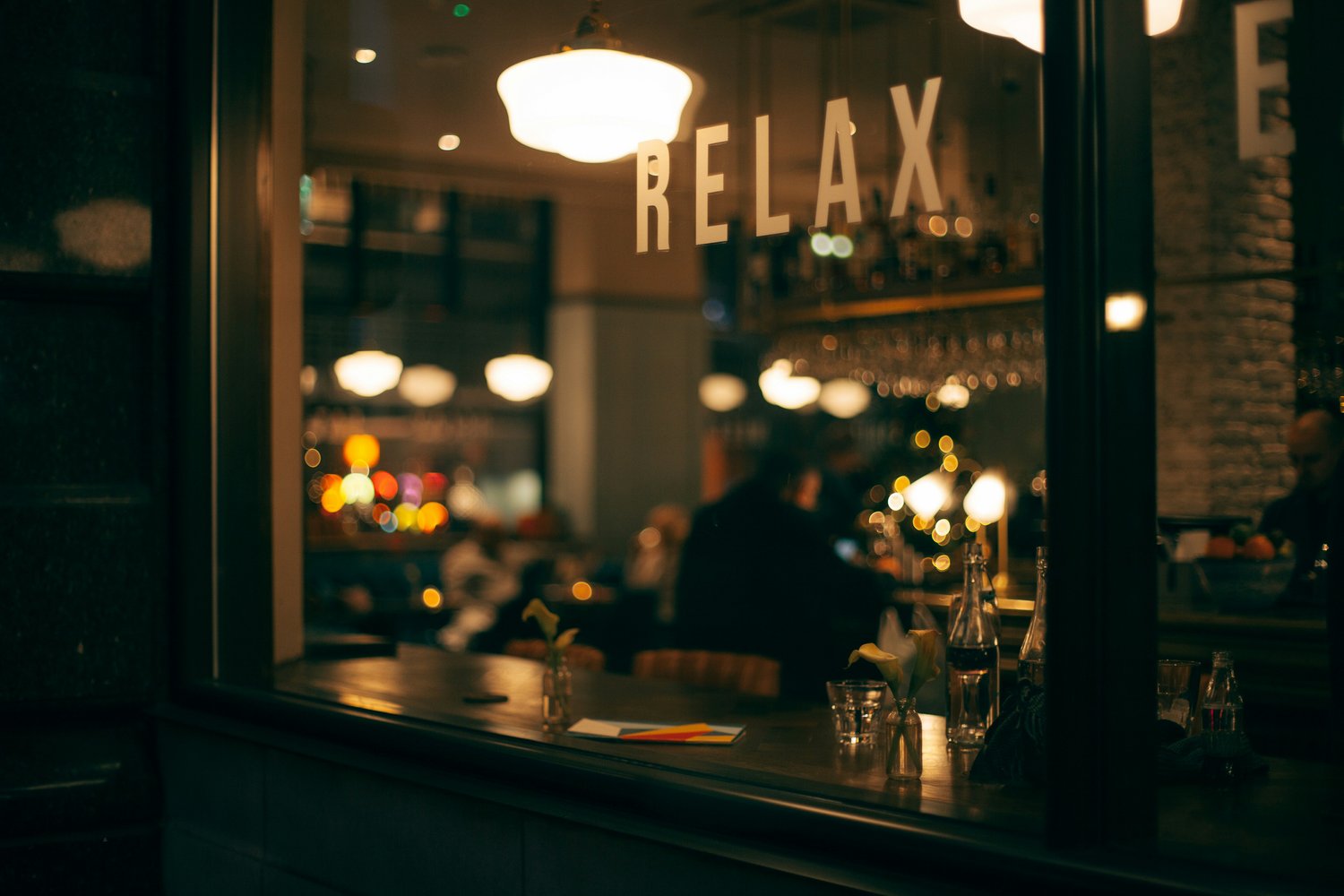Image: https://unsplash.com/photos/person-sitting-inside-restaurant-zlABb6Gke24
Leading online marketplace for timeshare resales, SellMyTimeshareNow.com, has conducted a new study identifying the most relaxing cities in the United States, with New Orleans, Louisiana, securing the top spot.
The study assessed 50 of the most populated cities in the U.S., evaluating numerous factors that contribute to a relaxing environment. These factors included the percentage of green spaces around the city, the percentage of footfall, average travel time to work, average daylight duration during November and December months, and the temperature difference from an ideal 66.2 degrees Fahrenheit during the same period.
New Orleans, Louisiana
New Orleans emerged as the most relaxing city with an overall relaxation score of 68.52 out of 100. The city boasts a high percentage of green spaces (35.39%) and a relatively low average commute time (26.69 minutes). Additionally, New Orleans offers an average daylight duration of 636.46 minutes during November and December, and a small temperature difference from the ideal, making it a comfortable environment during these months.
Tampa, Florida
Coming in second is Tampa, Florida, with an overall score of 61.26. Tampa features a significant amount of green spaces (50.23%) and enjoys longer daylight hours, averaging 643.86 minutes in late 2024. The city also benefits from a minimal temperature variance of 35.24 degrees Fahrenheit from the ideal temperature, contributing to its relaxing atmosphere.
San Diego, California
San Diego ranks third with a score of 59.25. Despite its large population, San Diego benefits from a higher percentage of people who walk to work (3.8%) and favorable climate conditions, with a temperature difference of just 35.76 degrees Fahrenheit from the ideal. The city’s average commute time is 27.89 minutes, with an average daylight duration of 625.86 minutes.
Austin, Texas
Austin is fourth on the list with a score of 58.99. The city has a high percentage of green spaces (43.23%) and a reasonable average commute time of 29.36 minutes. Austin also benefits from an average daylight duration of 635.43 minutes and a temperature difference of 38.42 degrees Fahrenheit from the ideal.
Houston, Texas
Houston rounds out the top five with a score of 56.83. Houston has a significant percentage of green spaces (49.10%), although it has a longer average commute time of 32.64 minutes. The city enjoys ample daylight hours (637.37 minutes) and a minimal temperature difference of 34.68 degrees Fahrenheit from the ideal.
The top 15 most relaxing cities to live in:
New Orleans, Louisiana
Tampa, Florida
San Diego, California
Austin, Texas
Houston, Texas
Jacksonville, Florida
San Antonio, Texas
Charlotte, North Carolina
Tulsa, Oklahoma
Oakland, California
Memphis, Tennessee
Raleigh, North Carolina
San Francisco, California
Fresno, California
Philadelphia, Pennsylvania
An expert at SellMyTimeshareNow.com commented on the findings,
“Relaxation is an essential aspect of our well-being, and this study highlights the cities that offer environments conducive to a stress-free lifestyle. Factors like green spaces, walkability, and favorable climate conditions contribute significantly to a city’s ability to provide residents and visitors with opportunities to unwind.
When looking for a vacation home, to relocate or just to visit, through a timeshare, relaxation is often a top priority when picking a destination.”
Methodology:
1. Indicators were sourced from official data, including city green space percentages, commuting statistics, daylight duration estimates, and average temperatures. 2. All indicators were transformed using the Yeo-Johnson transformation to stabilize variance and normalize the data distribution. 3. The data was then scaled from 0 to 10, where 0 and 10 represent the worst and best values among the data. 4. Negative indicators, such as average travel time to work and temperature difference from the ideal, were inverted to ensure higher scores reflect more relaxing conditions. 5. An overall index and ranking were generated using all the indicators with equal weightings.



